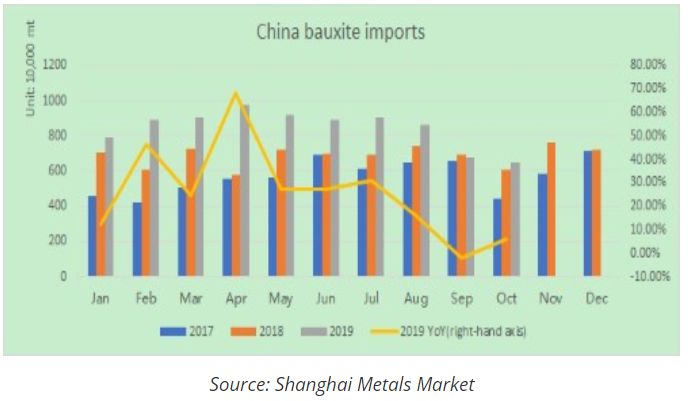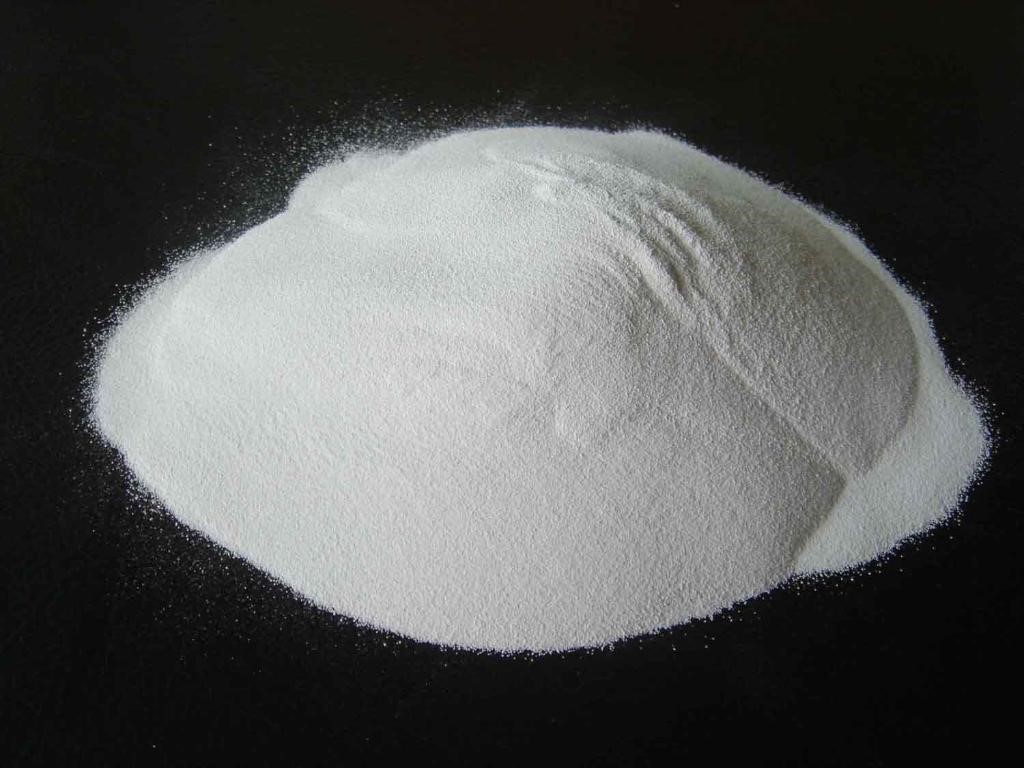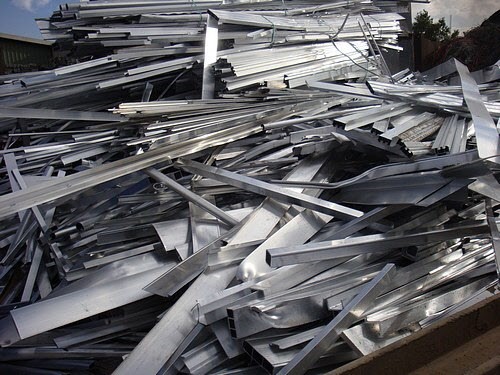

Like every other year, 2019 has also witnessed some increase and decrease in aluminium upstream as well as downstream trades across the globe, in tandem with the rise and fall in production, demand, consumption. For instance, while the imports of bauxite by China during January-October rose 18.4 per cent year-on-year, the country’s exports of unwrought aluminium and aluminium products fell 0.3 per cent over the year. On the other hand, aluminium scrap imports to India increased by 22 per cent this year between April and October, as a result of China’s curbs on the metal scrap from the US. The international trades are also affected by several other factors such as changes in policies or new trading strategies implemented by one country on the other.
In this article, we have listed some of the major trades taken place so far this year in both the upstream and downstream aluminium, as a consequence of various factors. Let us unleash them here:
{alcircleadd}1) China’s bauxite imports grew year-on-year through October 2019 on tight domestic supply
China until October this year imported 84.62 million tonnes of HS code 2606000000 bauxites, up 18.4 per cent from the same period a year earlier. The increase suggests an unabating thirst for overseas bauxite ore due to supply tightness in the Chinese domestic market, resulting from supply-side disruptions amid frequent environmental inspections across the country in recent years. Increase in domestic alumina production was also a factor that bolstered the bauxite imports. However, over the last three months, China’s bauxite imports witnessed a month-on-month decline, as the rainy weather in Guinea hampered exports of the aluminium precursor to the Middle Kingdom. In August, China imported 9.04 million tonnes, off by 6 per cent on the month, which in September further fell by 21.86 per cent month-on-month to 6.75 million tonnes and in October to 6.48 million tonnes after declining by 3.97 per cent from the previous month. More bauxite is expected to arrive in China from new bauxite projects in Guinea.

As of September 2019, Guinea this year exported 37.55 million tonnes of bauxite to China, remaining as the mainstay exporter to the latter. Australia was the second largest bauxite exporter to China until September 2019 providing 25.52 million tonnes.
2) China’s alumina import lowered 9.5% YoY in H1 2019; Started growing September onwards
Poor demand for alumina due to lower-than-expected recommencement of primary aluminium projects in China or no expansion after the Winter Heating season of FY2019 due to weak aluminium prices resulted in lowered alumina imports by China. China’s General Administration of Customs data showed that China in H1 2019 secured 320,000 tonnes, down 9.5 per cent from the same period last year. However, September onwards, the imports grew month-on-month by about 25 per cent and year-on-year by 331.9 per cent to stand at 147,000 tonnes. This brought the total amount of imports in the first nine months of the year to 790,000 tonnes, up 93.3 per cent from the same period last year.

The imports increased since September as demand rose with substantial primary aluminium capacity coming on stream on aluminium price hike. In the meanwhile, global alumina prices also decreased due to stable global supply on the resumption of full production at one of the world’s largest alumina refineries and the most important supplier of aluminium ore to the industry – Hydro’s Alunorte Alumina refinery. By the end of 2019, China is expected to import around 1 million tonnes alumina in 2019, almost double the 510,000 tonnes imported in 2018
3) Aluminium scrap imports to India grew at a never before rate in 2019
The US-China trade tensions since 2018 made India haven for aluminium scrap dumping. In the first half of 2019, India imported 129,000 tonnes of aluminium scrap from the US, up 74 per cent from 74,100 tonnes in the same period of 2018, fuelled by China’s retaliatory tariffs of 50 per cent on scrap material from the United States, along with the country’s protectionist move to curb aluminium scrap imports by restricting high-grade aluminium scrap known as Category 6. To tighten the restrictions further, China also issued import quotas for metal scrap import, which is expected to further bolster the aluminium scrap imports in India.

So, domestic aluminium producers are working together with planning think-tank Niti Aayog and Bureau of Indian Standards (BIS) to determine standards for scrap usage.
4) Tariffs and restrictions brought decline to China’s aluminium scrap imports
Since when the sweeping tariffs on US aluminium scrap came into effect, China witnessed a YoY decline in its metal scrap import. China in June 2018 had imported 110,000 tonnes of aluminium scrap, down 41.1 per cent from 155,000 tonnes in the same period of 2017. This brought the import volume in the first half of CY2018 to 840,000 tonnes, 21.7 per cent down from 10, 24, 800 tonnes in the corresponding period of 2017.
Later on, with the further protectionist move by China to restrict aluminium scrap imports, the country’s imports in September came in at 114,300 tonnes, down by 18.7 per cent from 141,000 tonnes in August. In October, the import volume continued to decline by 47.3 per cent M-o-M to stand at 60,240 tonnes. On a yearly basis, China’s aluminium scrap imports in October dropped as well by 34.7 per cent, showed Shanghai Metals Market data.
5) United States’ scrap exports recorded significant growth during January-September this year:
Despite China’s restrictions on the aluminium scrap imports from the United States, the latter, according to the US Geological Survey, saw a 13 per cent year-on-year growth in the first nine months of the year. The country exported 1.42 million tonnes of scrap, as compared to 1.25 million tonnes during the same period last year. India and South Asian countries remained the leading destination for the United States aluminium scrap exports.
But the country’s exports of aluminium crude, metals and alloys, and plates, sheet and bars declined year-on-year from 227,000 tonnes during January-September of 2018 to 178,000 tonnes in 2019 and from 796,000 tonnes to 668,000 tonnes, respectively.
According to the preliminary estimates from Aluminium Association, aluminium demand in the United States and Canada (shipments by domestic producers plus imports) totalled an estimated 9.6 million tonnes from January to September 2019, a slight decrease over YTD 2018. Demand for semi-fabricated (mill) products in the United States and Canada totalled 7 million tonnes though September 2019, up 1.3 per cent YoY. Demand for semis stood at an estimated 737,541 tonnes in September, off 1.9 per cent over September 2018.
Responses








